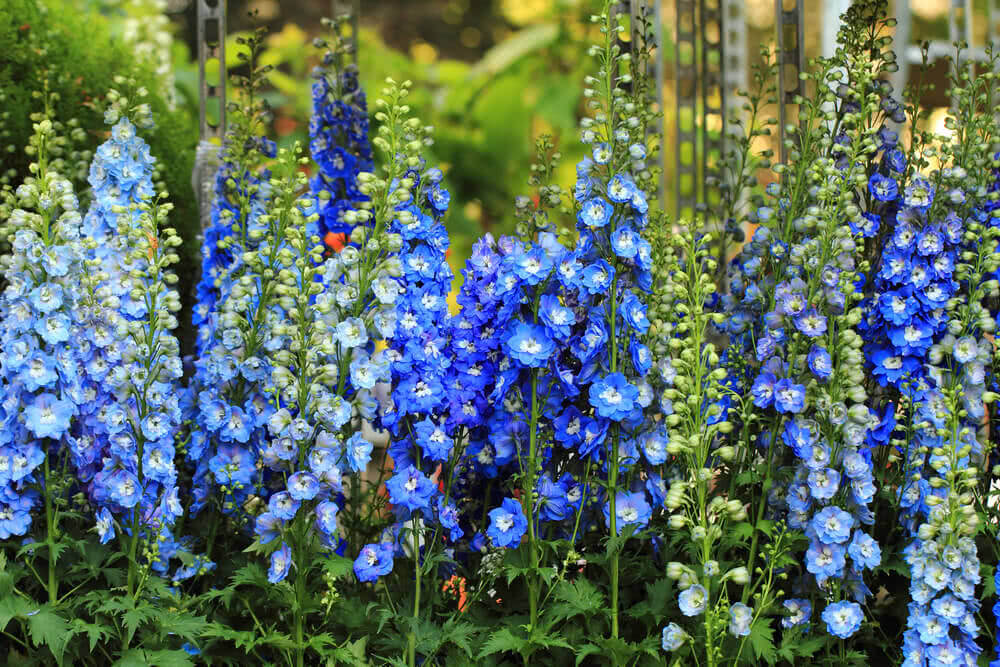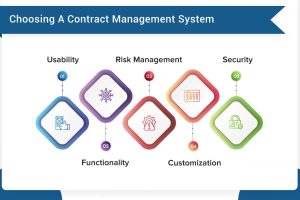(Best gardening tips to help you plan, grow, and manage a successful vegetable garden)
Starting a vegetable garden is one of the most rewarding things you can do for your home. Vegetable gardens are easy to set up for beginners too. Who does not like to have a beautiful veggie garden in their house? Gardening is a fresh, relaxing, and excellent way to create a healthy and better environment for your family. The flavors of fresh fruits and vegetables can not be compared to anything bought from the market.
If you are considering setting up a garden in your backyard or courtyard, this article is for you. It will guide you through the basics of vegetable gardening, including location, size, and type of vegetables that should grow in your garden.
Pick a spot for your vegetable gardening:
This is one of the most critical parts when setting up a vegetable garden. If you have never done gardening, start with a small space. Establishing a small garden is more satisfying as it can be managed efficiently. Beginners should start with a small space instead of investing too much time and money. Start with a small 6 and 6 feet vegetable garden.
Learning some fundamentals before devoting your money and time to gardening is important. It is a good idea to know how much effort gardening requires. You can choose five different types of veggies you want to cultivate in your garden.
Choose what you want to grow in your garden:
When you determine what you enjoy, consider the vegetables you want to grow in your garden. Certain types of qualities come with every kind of vegetable. Some plants are suitable to grow in containers, and some are in limited spaces.
The second factor to count on is productivity. Panting too much at once is a common mistake as a beginner, as you need to take care of the plants you grow. Determine a few plants that meet your requirements if you want to grow vegetables like tomatoes, chilies, pepper, and squash; they continue to grow throughout the season.
Bean Rotation and Companion Planting:
When planning your vegetable garden and deciding where to plant plants, it pays to make big decisions about planting and planting.
Cultivation means moving the plantings of vegetables in the garden from year to year. This has many benefits, including preventing soil diseases and increasing soil fertility, helping you produce more crops.
Planting is a method of protecting crops from pests and diseases by the simple process of planting crops close together. Some crops, such as alliums such as onions and garlic, emit scents that repel pests in other crops. Using them for planting, for example, means the onion scent will deter carrot flies.
If you do a little research first, you will see that both rotation and cultivation can be used to provide easy and organic pest control in your garden, an easy win for growers.
Get inspired:
This is another fun way to start a vegetable garden. The process of creating and planning a vegetable garden. This is your chance to get inspired and creative to create the exhibition of your dreams.
Choose lots of books and magazines and also use social networks like Instagram and YouTube to see other people’s gardens and get inspired. With gardens ranging from large kitchen gardens to small cottages in homes, subdivisions, and small gardens, there are many gardeners posting photos and videos of their projects every day.
The media is full of tips, tricks and gardening advice; so use media as a tool when considering starting a vegetable garden in your backyard. There will be many people starting in your planned field, so why not borrow the ideas of those who are successful?
Houses and structures:
This is only a luxury for those with a larger backyard or a larger budget, but when you start planning a vegetable garden, it is important to plan for a large structure or a house that you can live in. I want the best. time.
Structures like greenhouses, plastic wells, or cold frames can help increase the amount of vegetables you can grow and open the door to more heat-loving plants that may not survive outdoors in your climate. The list of vegetables grown in a greenhouse is long, and most crops can benefit from this protection even in cold winters.
These shelters also allow you to extend the season and start planting seeds early, giving you covered space if you still want to garden when it rains. Greenhouses and cold frames are also good ways to protect plants from frost, and the latter are now more popular. There are many ways to build a DIY greenhouse, so even if you’re on a budget you have options.
Although less attractive, adding a shed or shed to your garden can increase storage space in your backyard so you can store and organize tools and equipment. It also helps improve your backyard, meaning you don’t have to lug your equipment far.
There is also the opportunity to consider placing the wire on a wall or fence to plant climbing plants, or placing it on an arch or other garden structure to keep vegetables such as squash up. This gives you the opportunity to grow vegetables vertically and use space where they are not needed.
Choose a favorable spot for your garden:
We all know that photosynthesis is an important process that plants need to survive and prepare food. Like plants, vegetables also need direct sunlight to transform water, sunlight, and Co2 into oxygen. The fastest-growing vegetables also need at least 6 to 8 hours of sunlight a day for optimal growth. So if your place receives only partial sunlight, at least 3-4 grow vegetables spinach, lettuce, kale, parsley, and chives. However, you can grow root vegetables like carrots and beets if the place receives ample sunlight.
Another thing you can do is put your plants on the sunny terrace. Moreover, finding a location that is near the water supply is preferable. If you want to grow seedlings properly, you need to water them for a few weeks to allow them to be transplanted.
Design a better layout for your garden:
Choosing a well designed layout is better for your garden. A thoughtful garden design layout enhances your garden’s overall beauty and space. It creates a visually appealing look to your garden that brings joy and relaxation who spends time in any part of the garden. You can prefer row cropping or intense cropping for your garden’s overall look. Both of these layouts have their own perks.
Row cropping is planting the vegetables in rows, leaving at least 18 inches between each row. This will help you to move comfortably in your garden. This type of cropping is suitable for a big garden or vegetable garden since you can also employ big instruments like tillers to combat the weeds in the garden.
Intensive cropping is another attractive layout to grow vegetables and is popular among gardeners. You can increase the yield of your garden by practicing intensive cropping. In this method, two or more plans are grown near one other in a bed approx four feet in diameter. When choosing this type of cropping, ensure the growing plant has leaf margins close enough to touch. This strategy effectively grows most vegetables, except that climbs such as snow peas and cucumbers.
Prefer rich soil for vegetable growing:
The best quality soil is important to cultivate a beautiful vegetable garden. You can grow for a soil test to determine the level of nutrients present in the soil. A soil test can determine the fertility and choose the appropriate crops or decide on land use for farming. You can also know how effective soil is by digging and observing how effectively it drains.
You need soil that is rich in texture and nutrients, crumbly and black. Adding organic matter can enhance soil quality. No matter what compost you choose, you should always choose sand-based soil. Due to space and particles, sand-based soil drains water and nutrients through the spaces swiftly. On the hand, the effect is reversed with the clay soils as they are filled with microscopic particles but leave very little room for plants to breathe.
Protect veggies from pests and disease:
Protecting your vegetables is really important if you want to reap the benefits of your efforts. The mild climate is prevalent in most states and is favaourible for pests to flourish, weeds, insects, and plant diseases. Hence High maintenance is required to protect your vegetable garden from pests and save it from diseases. By following some simple rules, you can protect your vegetables from pest attacks.
It’s essential to eradicate as many weeds as possible form weeds as they compete with the plants for sunlight, moisture, and nourishment. You can use salt solutions and pest controllers to keep weeds away from larger plants like tomatoes. You can also use mulch with different materials, including shredded bark, straw, and river rock. If you use organic mulch such as bark, compost, or cocoa bean shells, it also nourishes the soil as it decomposes.
Maintain your garden regularly:
As your garden begins to grow, it’s important to maintain it by keeping up with all the chores. Planting is fun, but taking care of a garden is essential for its success. Water the plants daily before they dry out. This will also remove the pests, wash off the spores of the powdery mildew and attract good insects to visit your garden.
Pull the weeds when they are young and before they can infect the plant. You don’t need to put in extra effort later if you use this newspaper trick. Some plants like tomatoes, gourd, and pole beans need support when they grow larger, give them support with rods, trellis, and stakes. Remove dead, infectious, and dried leaves from plants, as they can infect other plants. Also, harvest the vegetables as soon as they are ready.
Harvest and preserve:
Finally, when the time has to come to reap the fruits of your efforts. You need to know when to pick them. Some vegetables may peak early, while some can take time. Harvest the vegetables when they fully mature and ready for consumption. you can also preserve some of them so that you can enjoy their goodness even when they are out of season. The optimal time for vegetable maturation differs; hence it’s essential to learn about each vegetable’s harvesting time.
Use sharp, clean, blunt tools like scissors or pruners to avoid damaging the plants. Harvest in the early hours of the morning when the temperature is cooler to preserve freshness and nutrients.
Final words
Growing a vegetable garden as a beginner may not seem easy but with the right efforts and steps you can grow a healthy garden full of fresh vegetables and herbs. If you are worried about your garden start by planting a little. Most of all, enjoy the process if things don’t go as you have planned.
FAQ’s
What is the best time to start a vegetable garden?
There is no specific time to start a garden. However, due to weather conditions, spring is usually the best season to grow vegetables. Many plants thrive in the cold and can also be grown in other seasons.
Which soil is comfortable for growing vegetables?
High quality with all the nutrients is essential to grow a vegetable garden. So if the original soil is not rich you can add Compost and organic materials such as rushed or shredded, aged bark to improve its quality.
What vegetables should I grow as a beginner?
Some vegetables are easier to grow and they don’t need any optimal growth conditions. lettuce, green beans, peas, radishes, carrots, and cucumbers are vegetables you can grow easily without extra maintenance. Just follow the basic guide and you are ready to set up your garden.
What tools do I need to start gardening?
Every beginner has some essential tools to start gardening like garden gloves; a hand pruner, shears, scissors, garden kneelers, and a shovel.
How can I maintain a vegetable garden?
You can maintain your garden by following some simple rules consistent watering, pest control, mulching, weeding, and staking.























